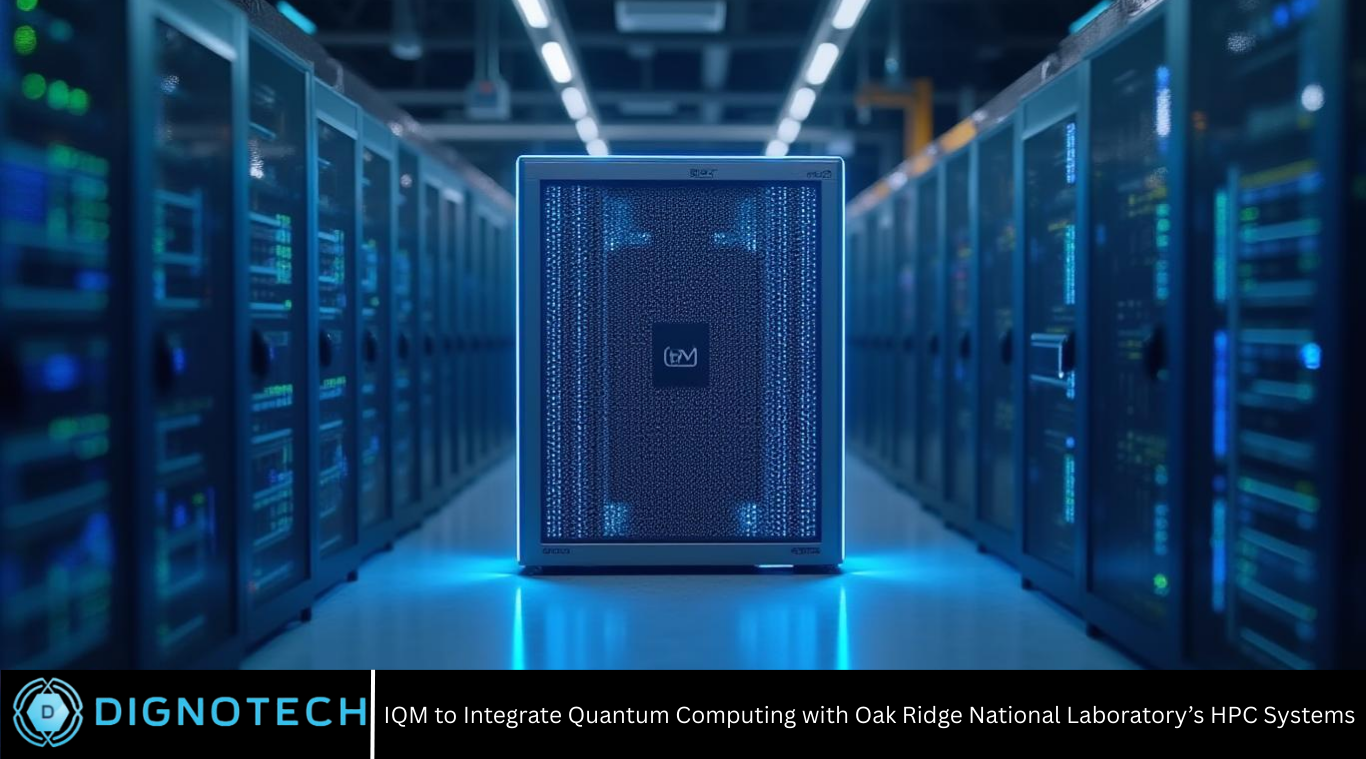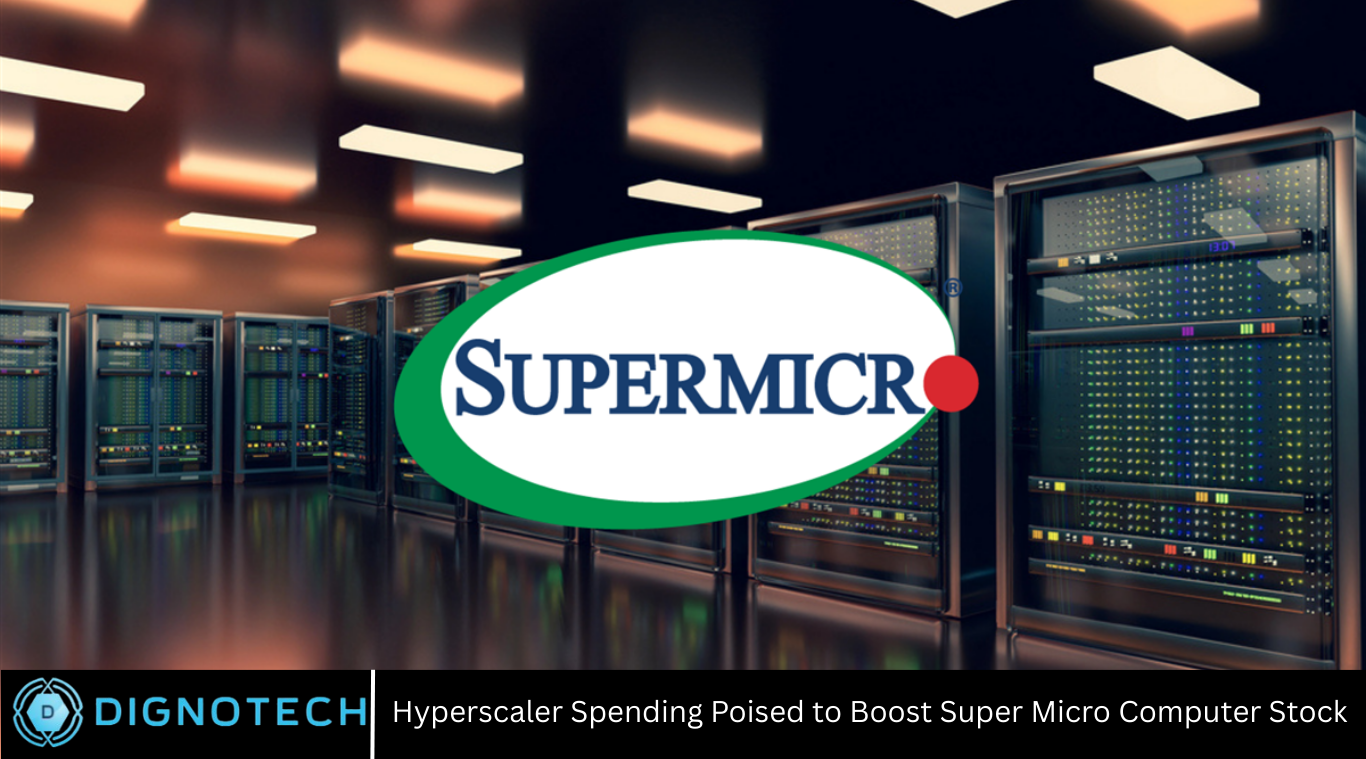IQM to Integrate Quantum Computing with Oak Ridge National Laboratory’s HPC Systems

The world of computing is on the brink of a revolutionary transformation with quantum computing emerging as the next frontier. As classical High-Performance Computing (HPC) systems reach their limits in solving complex scientific problems, quantum computers offer new paradigms to process data at unprecedented speeds.
In a landmark collaboration, IQM, a leading European quantum computing company, is partnering with the Oak Ridge National Laboratory (ORNL) to integrate quantum computing capabilities with ORNL’s powerful HPC systems. This integration aims to accelerate research and innovation in fields ranging from materials science to climate modeling, drug discovery, and cryptography.
This article delves deep into the significance of this collaboration, the technical details of integration, expected impacts on scientific computing, and what this means for the future of hybrid quantum-classical computing.
Background: Quantum Computing and HPC
What is Quantum Computing?
Quantum computing harnesses the principles of quantum mechanics—superposition, entanglement, and quantum interference—to perform computations that are infeasible for classical computers. Unlike classical bits, quantum bits (qubits) can exist in multiple states simultaneously, enabling exponential increases in processing power for certain tasks.
The Role of HPC Systems
HPC systems use parallel processing and vast computing resources to tackle complex simulations and large-scale data analysis. National laboratories like Oak Ridge have some of the world’s fastest supercomputers, powering research in physics, chemistry, biology, and engineering.
About IQM
IQM is a European quantum computing startup specializing in developing hardware and software solutions for scalable quantum processors. Founded in 2018, IQM focuses on superconducting qubit technology and building integrated quantum-classical computing systems.
Their expertise lies in:
- Designing modular quantum processors
- Developing quantum control electronics
- Creating quantum software toolkits for seamless integration
About Oak Ridge National Laboratory (ORNL)
ORNL is one of the United States’ premier research facilities, managed by the U.S. Department of Energy. It hosts some of the world’s fastest supercomputers, such as Summit and Frontier—the latter being the first exascale supercomputer.
ORNL’s mission is to solve complex scientific challenges, optimize energy use, advance national security, and improve health and environment through computational science and technology.
The Significance of Integrating Quantum Computing with HPC
The integration of quantum computers with HPC systems allows leveraging the strengths of both technologies:
- HPC excels at large-scale, deterministic computations.
- Quantum computers excel at specific problems like optimization, quantum chemistry, and cryptography.
By combining these, scientists can:
- Offload certain computations to quantum processors.
- Use quantum algorithms to speed up simulations and calculations.
- Address computational bottlenecks classical HPC cannot overcome.
Technical Details of the Integration
Hybrid Architecture
The integration involves a hybrid quantum-classical architecture where:
- The HPC system performs classical computations.
- The quantum processor handles specific quantum tasks.
- Communication is facilitated through high-speed interfaces and middleware layers.
Quantum Control and Middleware
IQM’s hardware comes with an advanced quantum control system that manages qubit manipulation. This is coupled with software middleware that translates HPC tasks into quantum circuits and coordinates data exchange.
Software Stack
A specialized software stack enables:
- Job scheduling between classical and quantum processors.
- Quantum error correction protocols.
- Real-time feedback loops for adaptive algorithms.
Potential Applications
Materials Science
Quantum simulations can model atomic interactions at a level impossible for classical computers, leading to the discovery of new materials with novel properties.
Drug Discovery
Quantum algorithms can optimize molecular structures and interactions, speeding up the development of pharmaceuticals.
Climate Modeling
Better modeling of complex climate systems by incorporating quantum-enhanced computations can improve forecasting and risk assessment.
Cryptography
Quantum computing can break some classical encryption methods but also create new quantum-resistant protocols.
Challenges in Integration
Despite the promise, integrating quantum computing with HPC faces challenges:
- Error rates: Quantum processors are sensitive to noise.
- Hardware scaling: Increasing qubit counts while maintaining coherence.
- Latency: Communication delays between HPC and quantum units.
- Software complexity: Developing algorithms that efficiently split tasks.
IQM and ORNL are jointly addressing these with robust hardware designs and advanced software solutions.
Expected Impact on Scientific Research
This integration represents a paradigm shift:
- Accelerated scientific discovery timelines.
- New computational capabilities for unsolvable problems.
- Enhanced national competitiveness in quantum technology.
Future Outlook
The IQM-ORNL collaboration is a step toward practical, scalable quantum-classical computing. As quantum hardware matures and software evolves, these hybrid systems could become standard tools in national labs and industries.
FAQs
What is the main goal of IQM’s integration with ORNL’s HPC systems?
To combine quantum computing capabilities with classical HPC to solve complex scientific problems faster and more efficiently.
How does hybrid quantum-classical computing work?
It involves splitting computational tasks where classical computers handle routine calculations, and quantum processors solve specialized problems leveraging quantum effects.
What challenges do quantum computers currently face?
High error rates, limited qubit counts, noise sensitivity, and integration latency are some of the main challenges.
Which fields will benefit most from this integration?
Materials science, drug discovery, climate modeling, cryptography, and optimization problems stand to gain significantly.
How does IQM’s technology differ from other quantum computing approaches?
IQM focuses on superconducting qubits with modular designs and integrated quantum control, enabling scalability and efficient integration with classical systems.
When can we expect practical results from this integration?
Research and development are ongoing; some experimental results may emerge in the next few years, but wide-scale practical applications might take longer.
Will this integration affect commercial computing?
Eventually yes, as hybrid quantum-classical systems become more accessible, they could revolutionize industries requiring heavy computation.
Conclusion
The collaboration between IQM and Oak Ridge National Laboratory marks a major milestone in the quantum computing landscape. By integrating quantum processors with one of the world’s leading HPC systems, this partnership sets the stage for breakthroughs in science and technology, leveraging the combined power of classical and quantum computing.This hybrid approach is essential for harnessing the true potential of quantum technology and represents a crucial step toward the future of computational science.


